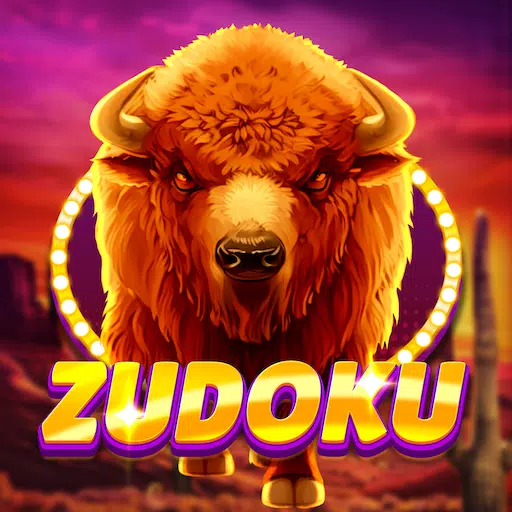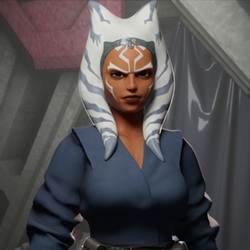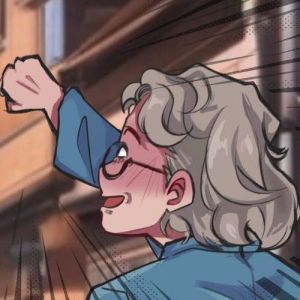The mid-1980s marked a golden age for Marvel, a period of both creative flourishing and significant financial success. Having overcome the financial struggles of the late '70s, Marvel was poised to reshape the comic book industry. 1984's Secret Wars stands as a pivotal moment, impacting the Marvel universe and the industry as a whole in profound ways, for better or worse. The ripple effects of this event are still felt today.
This era also saw the release of other iconic stories, including Frank Miller's Born Again Daredevil arc, Jean Grey's return in X-Factor, and Walt Simonson's Surtur Saga in Thor. This article delves into these pivotal narratives and other significant stories from this period. This is Part 8 of our exploration of essential Marvel issues.
More Essential Marvel
- 1961-1963 - The Birth of a Universe
- 1964-1965 - The Sentinels Are Born and Cap Dethaws
- 1966-1969 - How Galactus Changed Marvel Forever
- 1970-1973 - The Night Gwen Stacy Died
- 1974-1976 - The Punisher Begins His War on Crime
- 1977-1979 - Star Wars Saves Marvel From Bankruptcy
- 1980-1982 - Did the Dark Phoenix Saga Usher in the Greatest Decade for Marvel?
Frank Miller's Born Again and Walt Simonson's Surtur Saga
Among the most acclaimed storylines of this era are Born Again, marking Frank Miller's triumphant return to Daredevil (with David Mazzuchelli on art), and Walt Simonson's epic Surtur Saga in Thor.
Born Again (Daredevil #227-233) is a strong contender for the definitive Daredevil story. A deeply troubled Karen Page sells Daredevil's secret identity to fuel her heroin addiction, leading Kingpin to systematically dismantle Matt Murdock's life. Stripped bare, Matt reaches rock bottom before finding salvation through his mother, Maggie. Matt's arduous journey back to becoming Daredevil, and Kingpin's descent into obsessive fanaticism, create a true masterpiece. This story was loosely adapted in Season 3 of Netflix's Daredevil and will inspire the title of the Disney+ revival series, Daredevil: Born Again.

Simultaneously, Walt Simonson, taking over writing and art duties on Thor in 1983 (#337), introduced Beta Ray Bill, an alien worthy of wielding Mjolnir. Widely considered a definitive Thor creator, Simonson imbued the title with a strong sense of mythic fantasy. His masterpiece, the year-long Surtur Saga (#340-353), features the fire demon Surtur, ruler of Muspelheim, plotting Ragnarok using the Twilight Sword. He sends Malekith the Accursed to battle Thor, buying time to forge the sword. The saga culminates in an epic confrontation between Thor, Loki, Odin, and Surtur. Elements of Simonson's saga were incorporated into Thor: The Dark World and Thor: Ragnarok.
Secret Wars Changes Comics Forever
In Part 4 of this series, we discussed how 1973's Avengers/Defenders War foreshadowed the event crossovers that would become a staple of Marvel and DC's publishing. This shift fully materialized in 1984 with Secret Wars, a 12-part miniseries written by Jim Shooter (then Editor-in-Chief), with art by Mike Zeck and Bob Layton. Born from a marketing collaboration with Mattel for a toy line, the premise is straightforward: The Beyonder transports dozens of Marvel heroes and villains to Battleworld, forcing them to fight to determine the supremacy of good or evil. The series features large-scale battles, plot setups for ongoing titles, and some significantly out-of-character moments for the X-Men (including a surprising romantic pairing between Magneto and the Wasp).
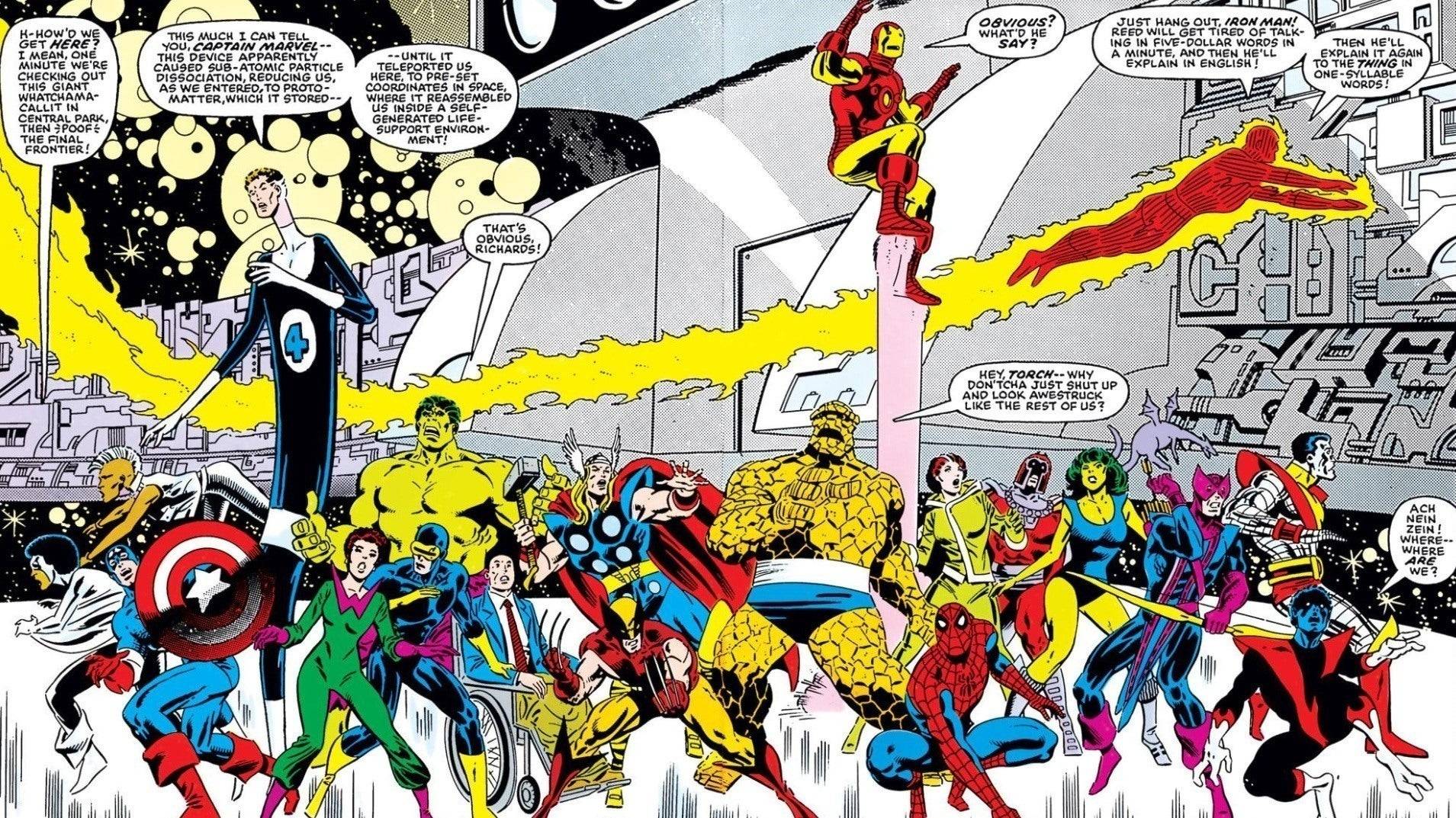
Secret Wars is a mixed bag. Its popularity stems from its large cast and its impact on the wider Marvel universe, but it lacks significant dramatic depth. While Shooter's portrayal of Doctor Doom is strong, his understanding of other characters' arcs is less consistent, creating narrative friction. Jonathan Hickman and Esad Ribić's 2015 Secret Wars offers a more satisfying interpretation, but the original's influence on the comics industry is undeniable. Its success spawned a sequel, Secret Wars II, which took over the entire Marvel publishing line the following year. The simultaneous release of DC's Crisis on Infinite Earths solidified the event comic book model for decades to come.
Spider-Man’s Symbiote Suit and Other Iconic Spidey Stories
After the foundational runs of Stan Lee and Gerry Conway, Amazing Spider-Man found its next iconic writer in Roger Stern. Taking over with #224 after a stint on Spectacular Spider-Man, Stern revitalized the title for over two years, returning it to the high quality expected of Marvel's flagship hero. His most significant contribution was the introduction of the Hobgoblin in Amazing #238, instantly establishing him as one of Spider-Man's most formidable foes. Stern's original Hobgoblin saga was unfortunately cut short due to editorial interference after #251, leaving the villain's identity unrevealed. Later writers attempted to conclude the story with mixed results, but Stern eventually returned to the character, finally revealing the villain's identity as intended in the 1997 miniseries Spider-Man: Hobgoblin Lives.
Stern's departure coincided with another major Marvel milestone: the debut of Spider-Man's black symbiote costume in Amazing #252. While Secret Wars #8 revealed its Battleworld origin, the alien symbiote's first appearance here launched a long-running subplot that would lead to the creation of one of Spider-Man's most popular antagonists. The black costume remains Spider-Man's most famous alternate look, and the symbiote saga has seen numerous adaptations, including Spider-Man 3, Spider-Man: The Animated Series, Spectacular Spider-Man, and Insomniac's Spider-Man 2, though the Battleworld aspect is often omitted. Another significant Spidey story from this period is The Death of Jean DeWolff in Spectacular Spider-Man #107-110 by Peter David and Rich Buckler. This dark tale features Spider-Man hunting the Sin-Eater, who murdered his police ally Jean DeWolff, leading to conflict with Daredevil. It's a compelling arc that maintains an authentic Spider-Man feel while establishing a distinct, darker tone.
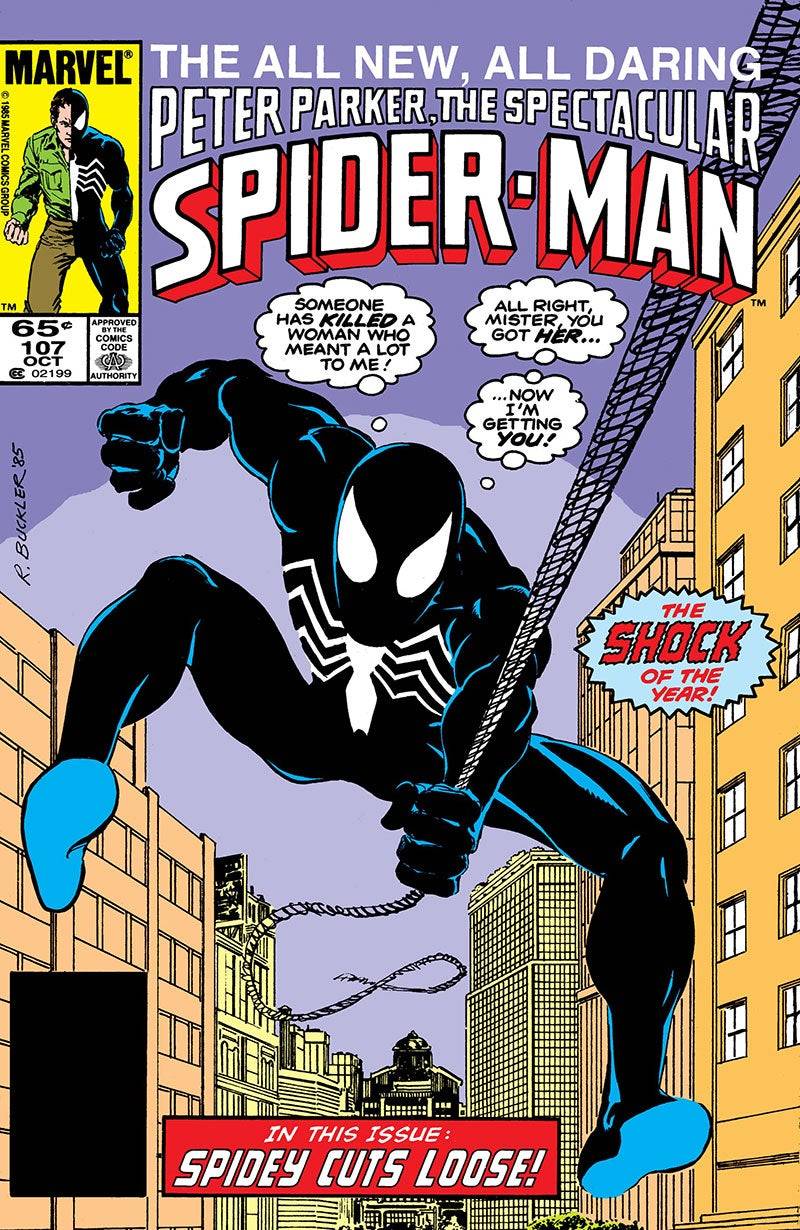
Jean Grey Returns, the Rise of Apocalypse, and Other Mutant Landmarks
The mutants also experienced significant events in the mid-1980s. Vision and the Scarlet Witch #4 revealed Magneto as the father of Quicksilver and Scarlet Witch, fulfilling a hint from Avengers #186. This backstory remained the standard for decades until a 2015 retcon, but for many fans, Magneto will always be Wanda and Pietro's father. X-Men #171 featured Rogue's pivotal shift from villain to hero, joining the X-Men and becoming a beloved character whose heroic status is now so established that many adaptations omit her villainous past. X-Men #200 saw Magneto's trial and subsequent leadership of Xavier's School for Gifted Youngsters, a heroic turn that lasted several years. This story was adapted in the second episode of X-Men '97.
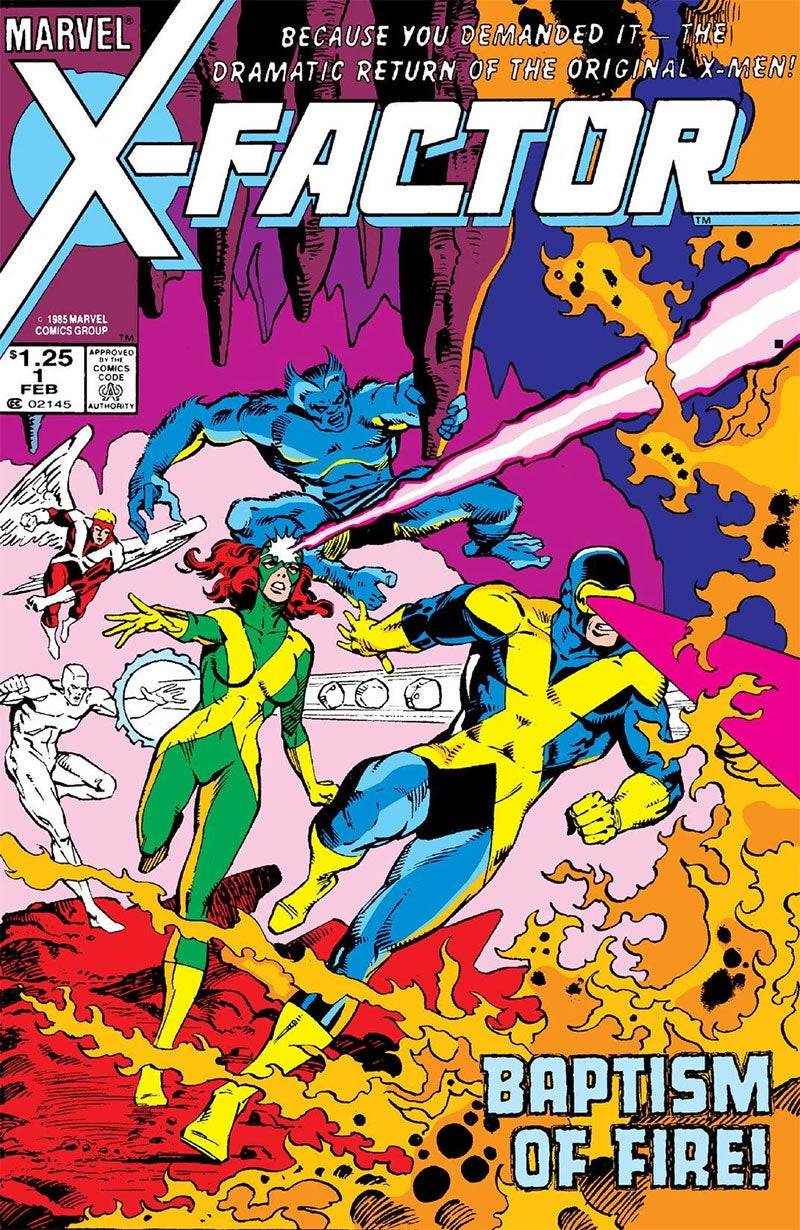
The most significant mutant events of this period were Jean Grey's resurrection and the introduction of Apocalypse. Half a decade after the Dark Phoenix Saga, Jean returned in a two-part story spanning Avengers #263 and Fantastic Four #286, with both teams recovering her body from an underwater capsule. Jean had no memory of her time as the Phoenix, explained as the Phoenix Force creating a new body after merging with Jean in space (a concept by future Marvel writer Kurt Busiek). Jean reunited with original X-Men members to form X-Factor. X-Factor #5-6 introduced Apocalypse, created by Louise Simonson and Jackson Guice. An ancient Egyptian mutant enhanced by Celestial technology, Apocalypse became X-Factor's primary nemesis and a major X-Men villain, appearing in various adaptations, including the 2016 film X-Men: Apocalypse.
AnswerSee Results Home
Home  Navigation
Navigation






 Latest Articles
Latest Articles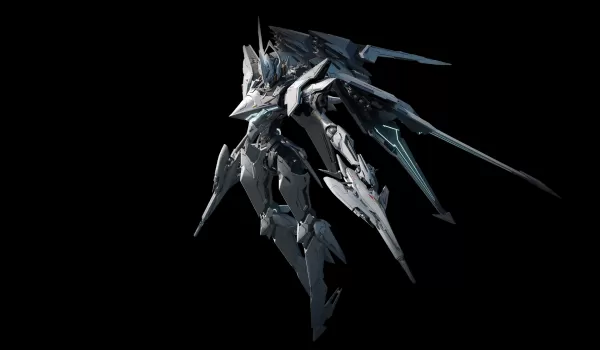










 Latest Games
Latest Games

